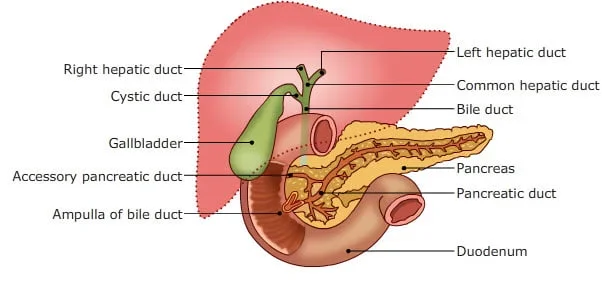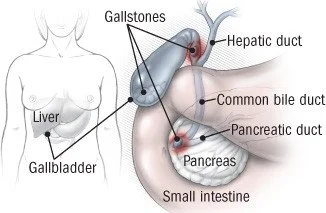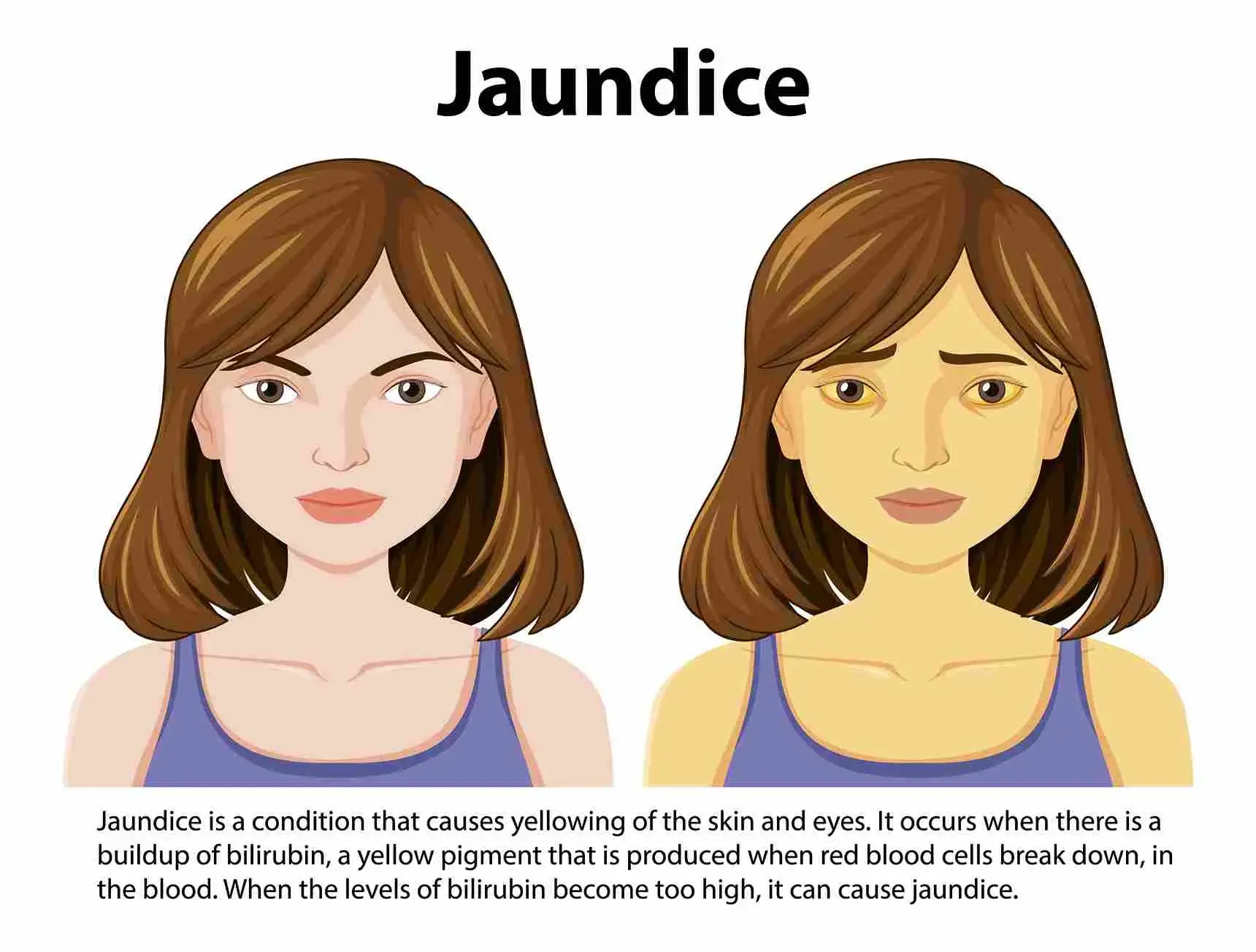Bile Flow: The Overlooked Key to Digestion & Detox
When people think of digestion, they usually picture the stomach or intestines — but your bile might be the hidden hero (or the silent troublemaker) in your health story.
Bile is a golden-green fluid made by your liver and stored in your gallbladder. Every time you eat fat, your gallbladder releases bile into the small intestine to:
Break down dietary fats into absorbable fatty acids
Help you absorb fat-soluble vitamins (A, D, E, and K)
Carry waste products, toxins, and excess cholesterol out of the body
When bile flow is sluggish, digestion can feel heavy, detox slows down, and symptoms pop up in surprising ways.
Signs of Sluggish Bile Flow
Bloating or fullness after eating fatty foods
Pale, clay-colored stools (bile gives stool its brown color)
Constipation or irregular bowel movements
Nausea after greasy meals
Dry skin or brittle hair (from poor fat absorption)
Itchy skin or unexplained fatigue
Why Bile Flow Can Slow Down
Low-fat or very restrictive diets (your body “forgets” to release bile)
High processed-food diets (liver overload)
Hormonal changes (estrogen can thicken bile)
Gallstones or sludge in the gallbladder
Gut microbiome imbalance (bile recycling depends on healthy gut flora)
Certain medications (some cholesterol-lowering drugs, birth control pills)
Holistic Ways to Improve Bile Flow
1. Eat Enough Healthy Fat
Fat triggers bile release. Without it, bile can stagnate.
Include moderate amounts of olive oil, avocado, coconut, nuts, seeds, wild-caught fish.
Avoid relying on low-fat or fat-free foods these are often not the healthiest choices.
2. Bitter Foods Are Your Friend
Bitter flavors stimulate bile production and gallbladder contraction.
Try:
Arugula, dandelion greens, kale, endive
Radicchio, mustard greens
Bitter herbs: gentian root, artichoke leaf, milk thistle
3. Stay Hydrated
Bile is mostly water — dehydration can thicken it.
Aim for steady water intake throughout the day.
Add a pinch of mineral-rich sea salt to water if you sweat heavily or if you only drink lots of plain water.
4. Support the Liver
Your liver makes bile, so liver health = bile health.
Eat cruciferous veggies (broccoli, Brussels sprouts, cauliflower) to boost liver detox enzymes.
Limit (or cut-out) alcohol, refined sugars, and processed fats.
Consider gentle liver-supporting teas like milk thistle or turmeric.
Milk Thistle
5. Gentle Movement
Physical activity improves circulation to the liver and gallbladder.
Try walking after meals, light yoga twists, or rebounding (mini trampoline) to keep lymph and bile moving.
6. Avoid Long-Term Very Low-Fat Diets
While short-term low-fat diets can sometimes help with certain health conditions, bile needs regular “exercise” — and that exercise is digesting fat.
7. Consider Ox Bile or Digestive Enzymes (If Needed)
For those without a gallbladder or with confirmed bile deficiency, supplemental bile salts or lipase (enzyme that breaks down fat) can help — but usually best under the guidance of a healthcare provider.
⚠️ When to Seek Professional Help
If you experience persistent pain under the right rib cage, unexplained jaundice, sudden worsening of digestive symptoms, or recurrent nausea, consult a clinician. These can be signs of gallstones or more serious bile duct issues.
Final Takeaway
Bile might not be as glamorous as probiotics or superfoods, but it’s a critical part of digestion and detox. It’s important that we have at least some understanding of what’s going on inside our bodies. Supporting bile flow holistically — with healthy fats, bitter foods, hydration, liver support, and movement — can help improve your gut, skin, hormones, and energy all at once. That’s pretty awesome!




